SNIS177B March 2013 – September 2015
PRODUCTION DATA.
6 Specifications
6.1 Absolute Maximum Ratings
over operating free-air temperature range (unless otherwise noted)(1)| MIN | MAX | UNIT | ||
|---|---|---|---|---|
| Supply Voltage | –0.2 | 12 | V | |
| Output Voltage | −1 | (+VS + 0.6) | V | |
| Output Current | 10 | mA | ||
| Maximum Junction Temperature, TJMAX | 150 | °C | ||
| Storage temperature, Tstg | −65 | 150 | °C | |
(1) Stresses beyond those listed under may cause permanent damage to the device. These are stress ratings only, which do not imply functional operation of the device at these or any other conditions beyond those indicated under . Exposure to absolute-maximum-rated conditions for extended periods may affect device reliability.
6.2 ESD Ratings
| VALUE | UNIT | |||
|---|---|---|---|---|
| V(ESD) | Electrostatic discharge | Human body model (HBM)(1) | 2000 | V |
| Machine Model(1) | 250 | |||
(1) The human body model is a 100-pF capacitor discharged through a 1.5-kΩ resistor into each pin. Machine model is a 200-pF capacitor discharged directly into each pin.
6.3 Recommended Operating Conditions
over operating free-air temperature range (unless otherwise noted)(1)| MIN | MAX | UNIT | ||
|---|---|---|---|---|
| LMT90 (TMIN ≤ TA ≤ TMAX) | −40 | 125 | °C | |
| Operating Temperature Range (Device is functional but performance is not specified) | −40 | 150 | °C | |
| Supply Voltage Range (+VS) | 4.5 | 10 | V | |
(1) Soldering process must comply with the Reflow Temperature Profile specifications. Reflow temperature profiles are different for lead-free and non-lead-free packages. Refer to www.ti.com/packaging.
6.4 Thermal Information
| THERMAL METRIC(1) | LMT90 | UNIT | |
|---|---|---|---|
| DBZ (SOT-23) | |||
| 3 PINS | |||
| RθJA | Junction-to-ambient thermal resistance | 450 | °C/W |
(1) For more information about traditional and new thermal metrics, see the Semiconductor and IC Package Thermal Metrics application report, SPRA953.
6.5 Electrical Characteristics
Unless otherwise noted, these specifications apply for VS = 5 VDC and ILOAD = 0.5 μA, in the circuit of Figure 14. All limits TA = TJ = 25°C, unless otherwise noted.| PARAMETER | TEST CONDITIONS | MIN | TYP | MAX(1) | UNIT |
|---|---|---|---|---|---|
| Accuracy(2) | –3 | 3 | °C | ||
| TA = TMAX | –4 | 4 | °C | ||
| TA = TMIN | –4 | 4 | °C | ||
| Non-linearity(3) | TA = TJ = TMIN to TMAX | –0.8 | 0.8 | °C | |
| Sensor Gain (Average Slope) | TA = TJ = TMIN to TMAX | 9.7 | 10.3 | mV/°C | |
| Output Resistance | 2000 | Ω | |||
| TA = TJ = TMIN to TMAX | 4000 | ||||
| Line Regulation(4) | 4.5 V ≤ VS ≤ 10 V | –0.8 | 0.8 | mV/V | |
| TA = TJ = TMIN to TMAX | –1.2 | 1.2 | mV/V | ||
| Quiescent Current(5) | 4.5 V ≤ VS ≤ 10 V | 130 | μA | ||
| 4.5 V ≤ VS ≤ 10 V TA = TJ = TMIN to TMAX |
180 | μA | |||
| Change of Quiescent Current(5) | 4.5 V ≤ VS ≤ 10 V TA = TJ = TMIN to TMAX |
2 | μA | ||
| Temperature Coefficient of Quiescent Current | TA = TJ = TMIN to TMAX | 2 | μA/°C | ||
| Long Term Stability(6) | TJ = 125°C, for 1000 hours | ±0.08 | °C |
(1) Limits are specific to TI's AOQL (Average Outgoing Quality Level).
(2) Accuracy is defined as the error between the output voltage and 10 mv/°C times the device's case temperature plus 500 mV, at specified conditions of voltage, current, and temperature (expressed in °C).
(3) Non-linearity is defined as the deviation of the output-voltage-versus-temperature curve from the best-fit straight line, over the device's rated temperature range.
(4) Regulation is measured at constant junction temperature, using pulse testing with a low duty cycle. Changes in output due to heating effects can be computed by multiplying the internal dissipation by the thermal resistance.
(5) Quiescent current is defined in the circuit of Figure 14.
(6) For best long-term stability, any precision circuit will give best results if the unit is aged at a warm temperature, and/or temperature cycled for at least 46 hours before long-term life test begins. This is especially true when a small (Surface-Mount) part is wave-soldered; allow time for stress relaxation to occur. The majority of the drift will occur in the first 1000 hours at elevated temperatures. The drift after 1000 hours will not continue at the first 1000 hour rate.
6.6 Typical Characteristics
To generate these curves the LMT90 was mounted to a printed circuit board as shown in Figure 19.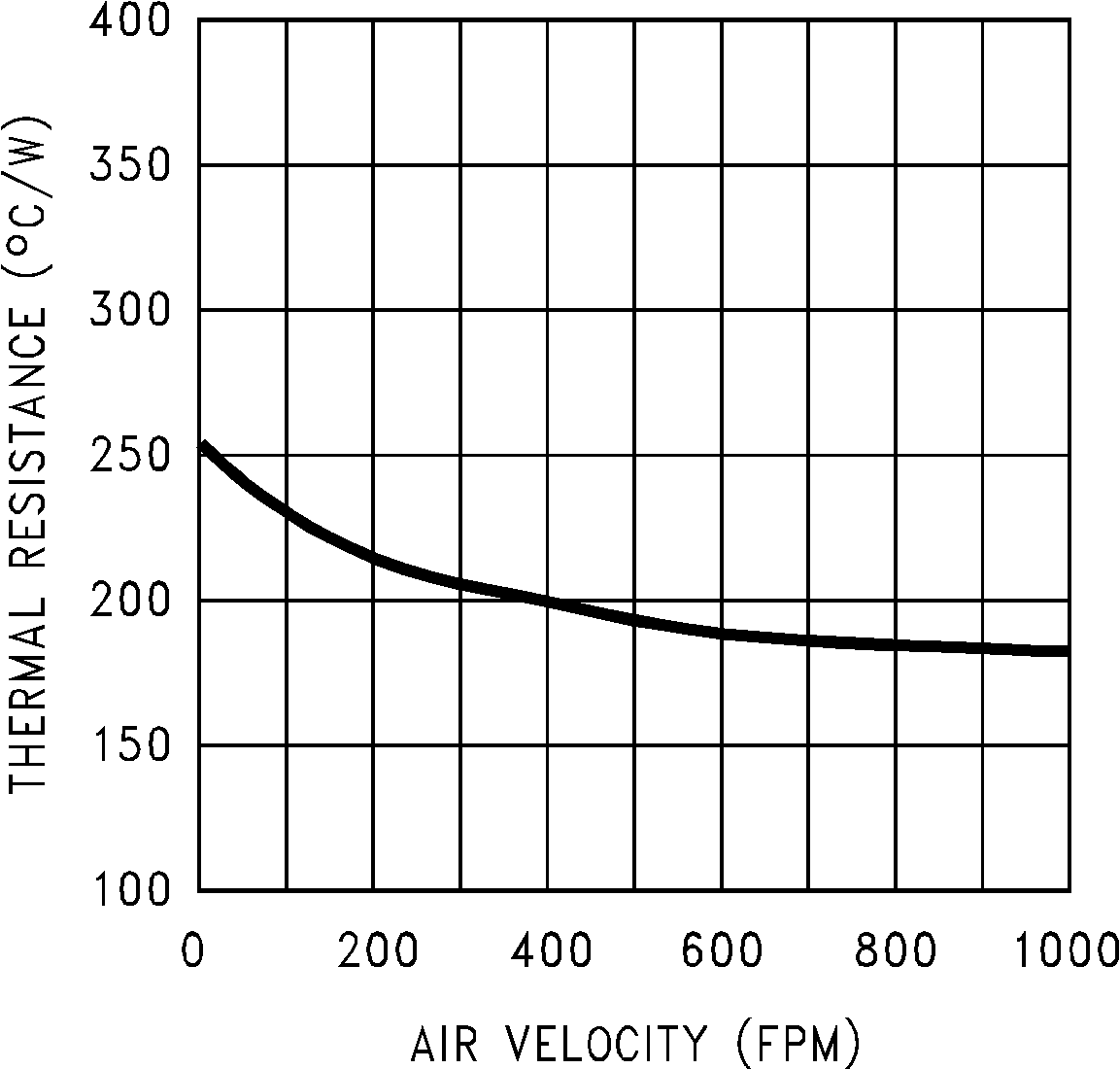 Figure 1. Thermal Resistance Junction to Air
Figure 1. Thermal Resistance Junction to Air
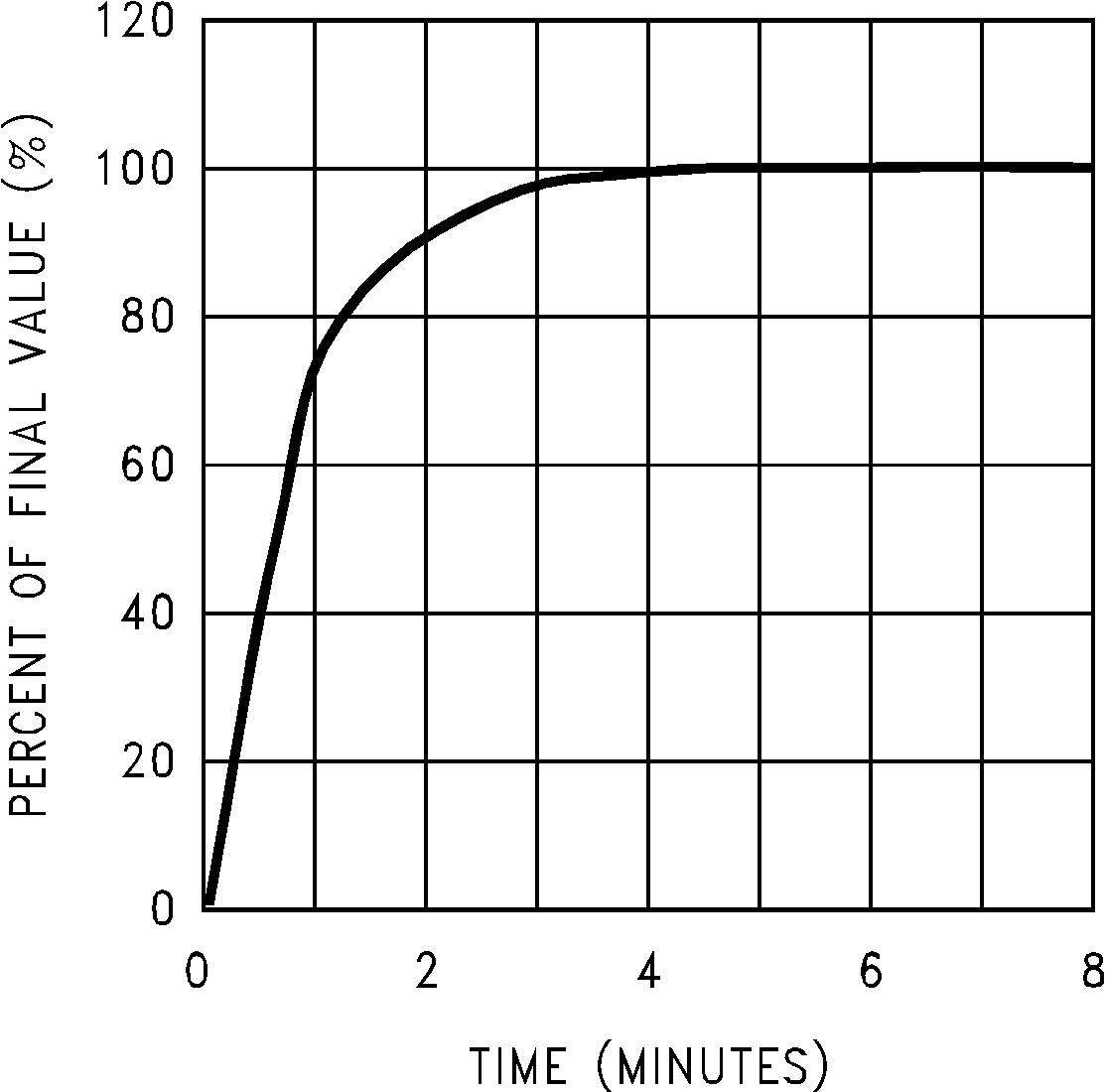 Figure 3. Thermal Response in Still Air With Heat Sink (Figure 19)
Figure 3. Thermal Response in Still Air With Heat Sink (Figure 19)
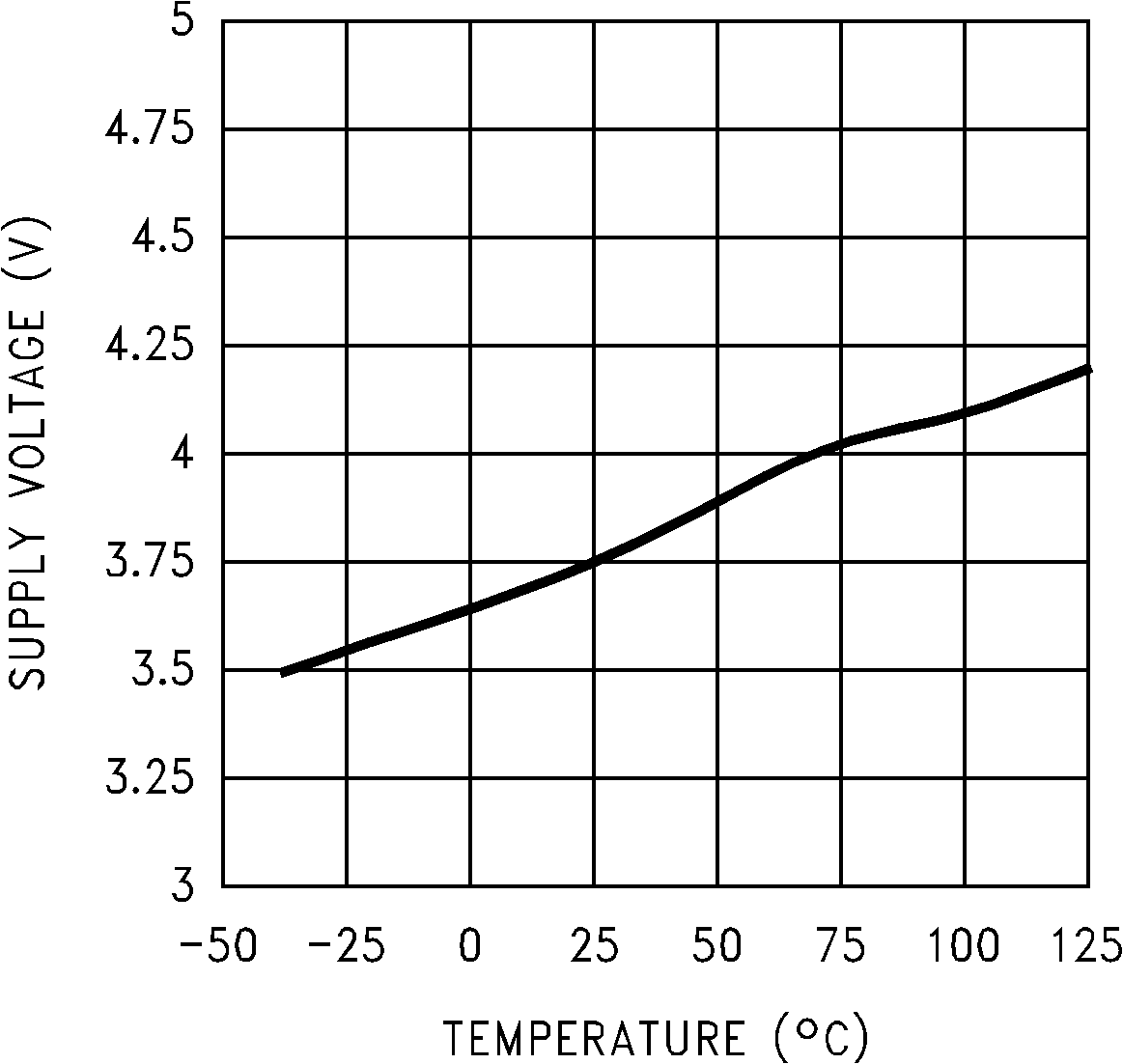 Figure 5. Startup Voltage vs Temperature
Figure 5. Startup Voltage vs Temperature
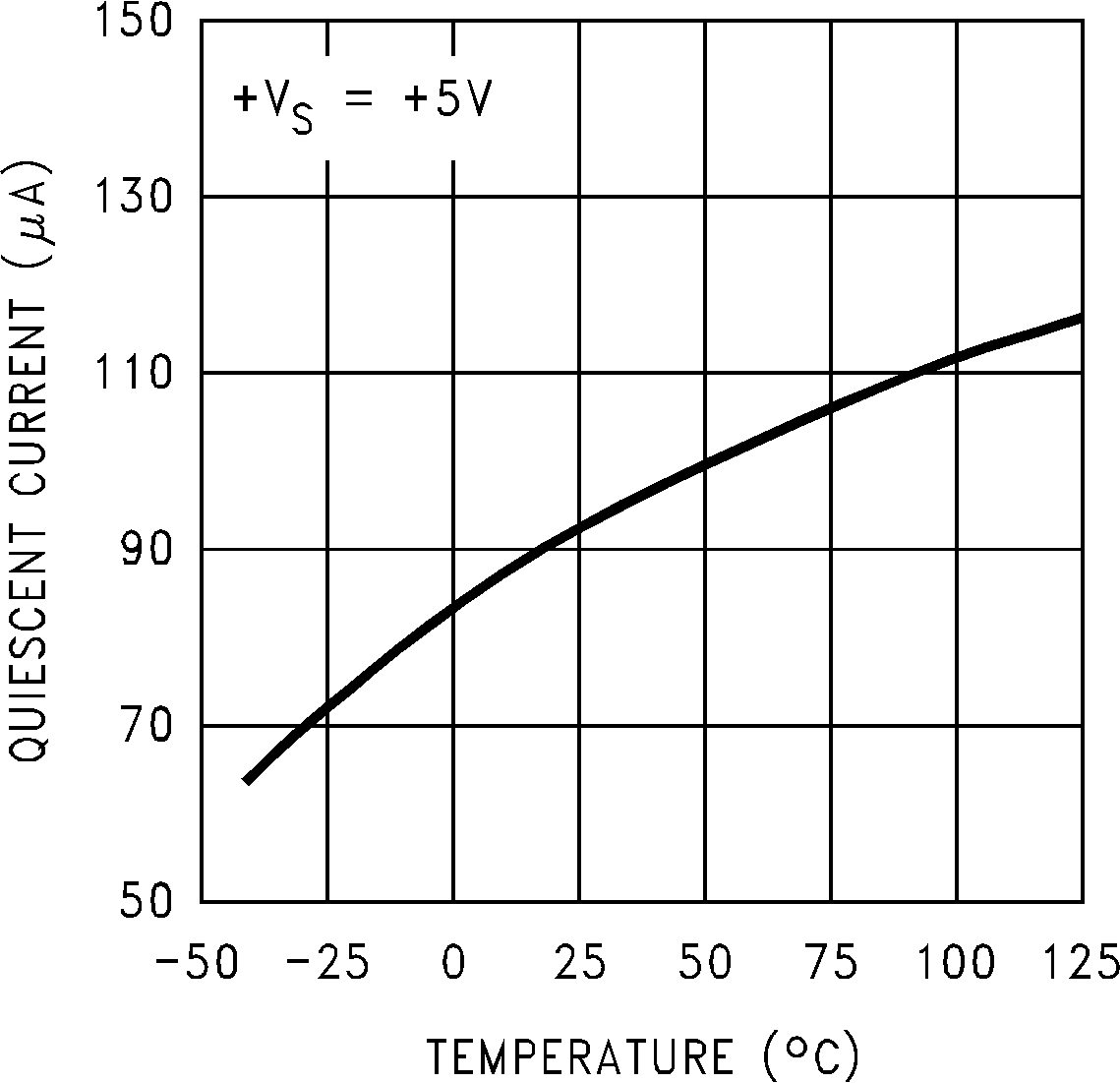 Figure 7. Quiescent Current vs Temperature (Figure 14)
Figure 7. Quiescent Current vs Temperature (Figure 14)
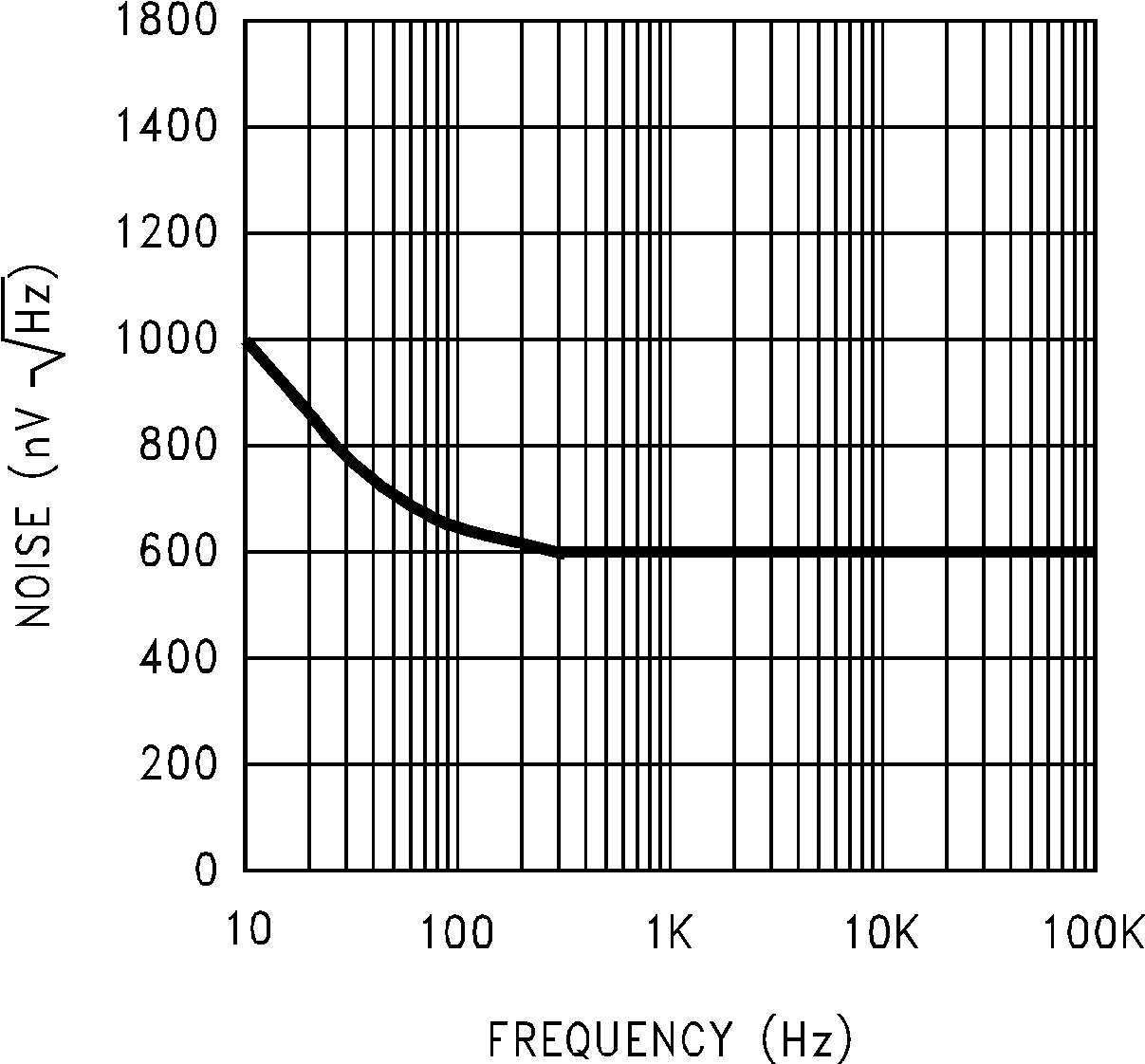 Figure 9. Noise Voltage
Figure 9. Noise Voltage
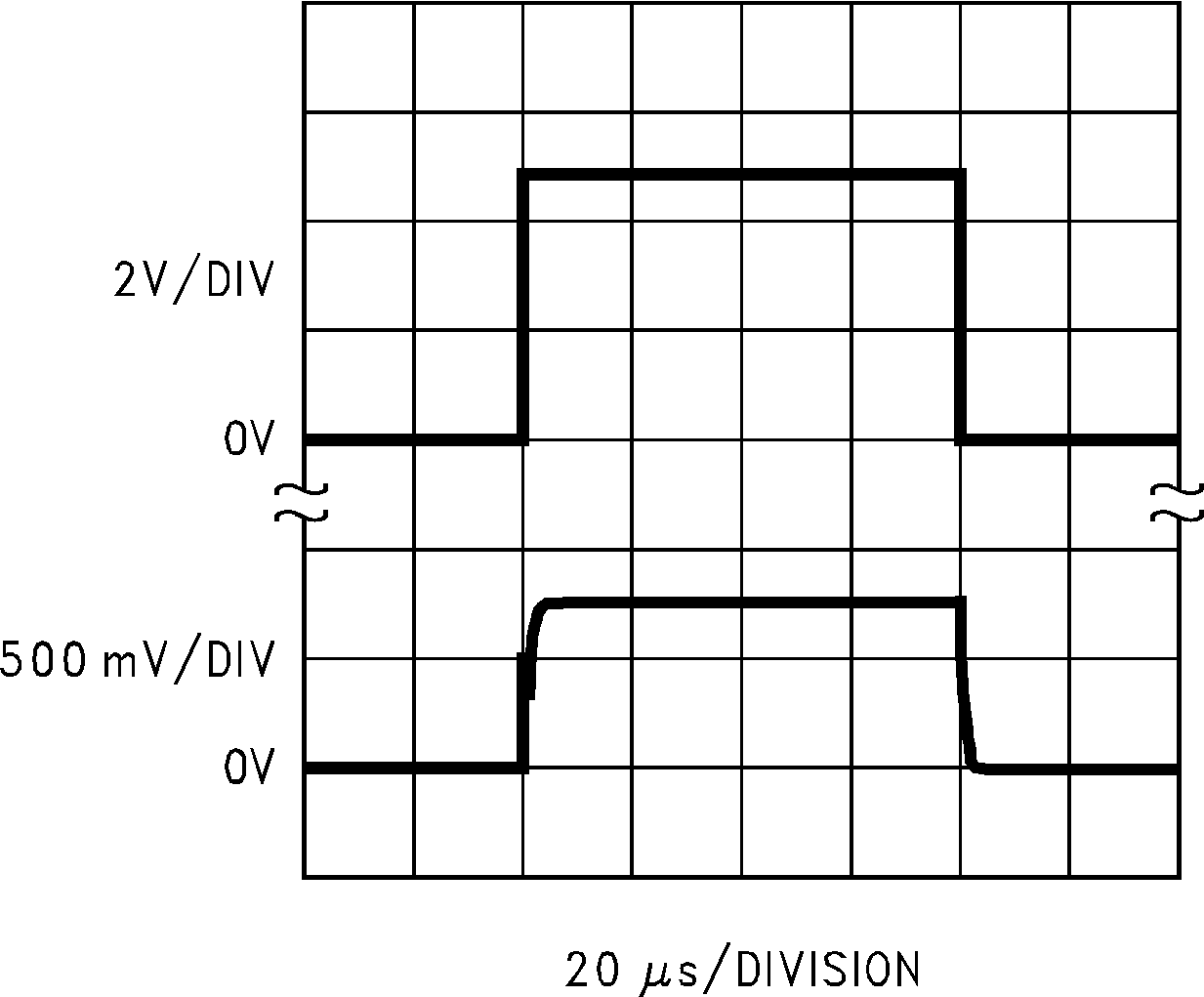 Figure 11. Start-Up Response
Figure 11. Start-Up Response
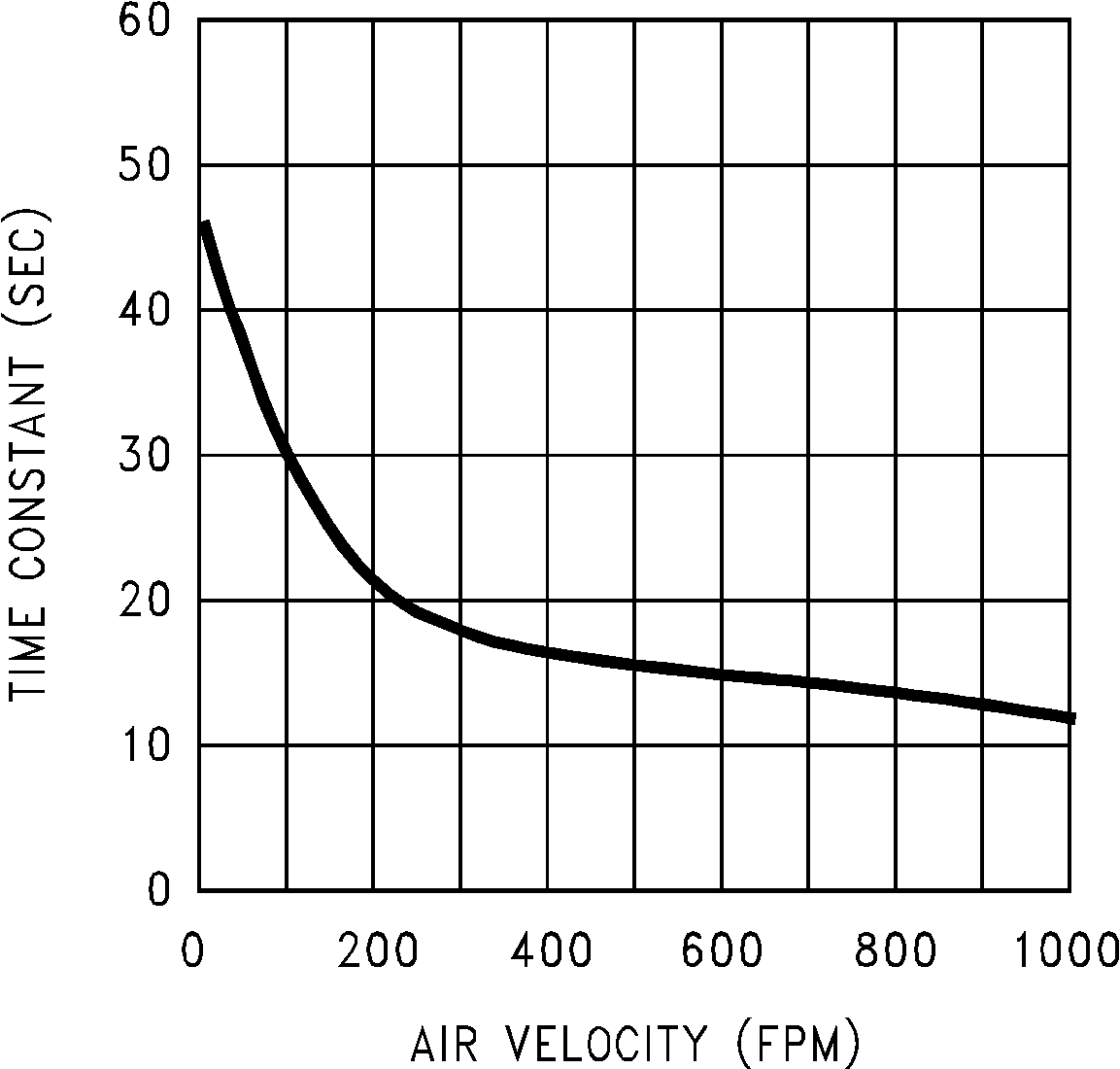 Figure 2. Thermal Time Constant
Figure 2. Thermal Time Constant
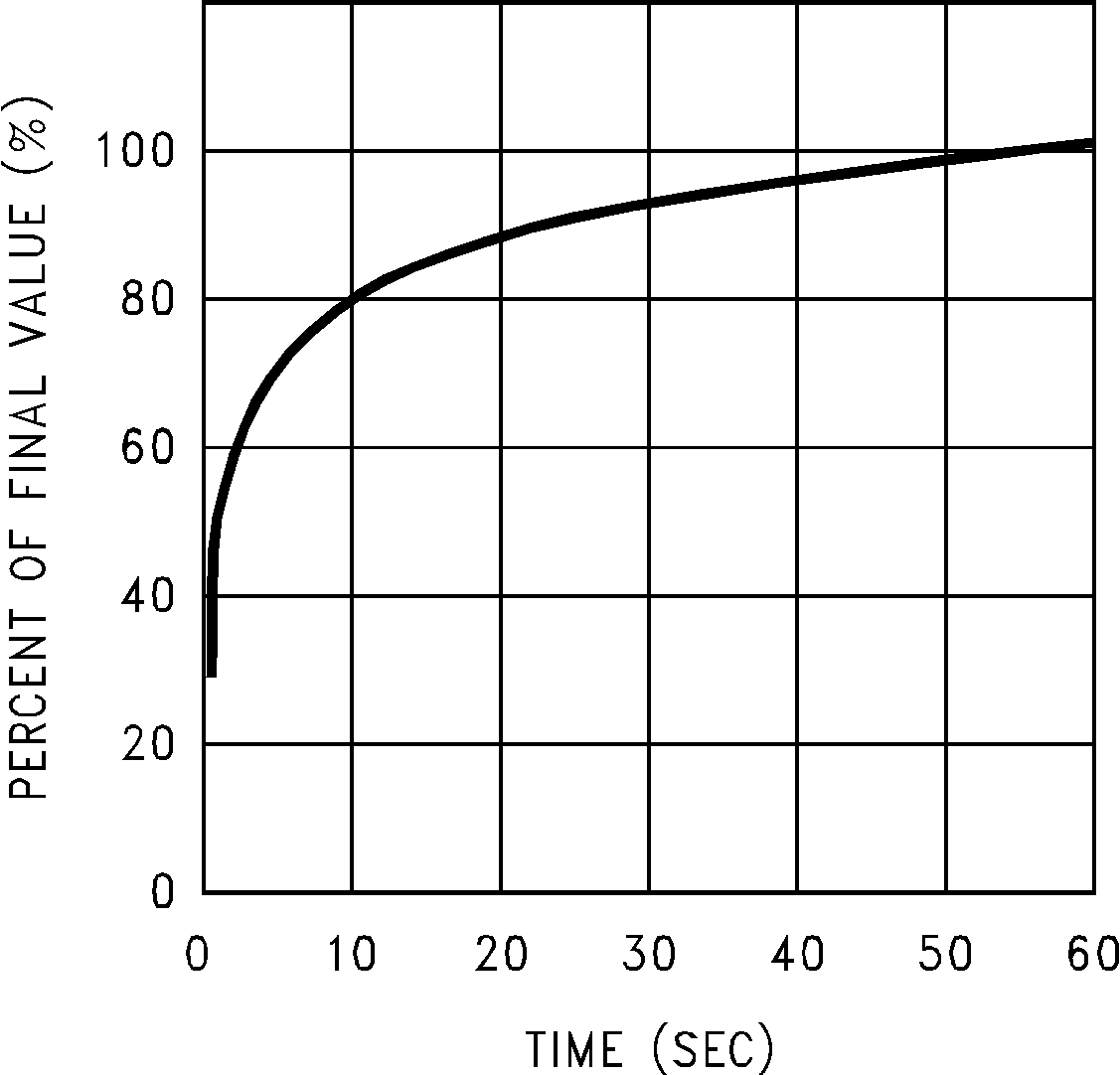 Figure 4. Thermal Response in Stirred Oil Bath With Heat Sink
Figure 4. Thermal Response in Stirred Oil Bath With Heat Sink
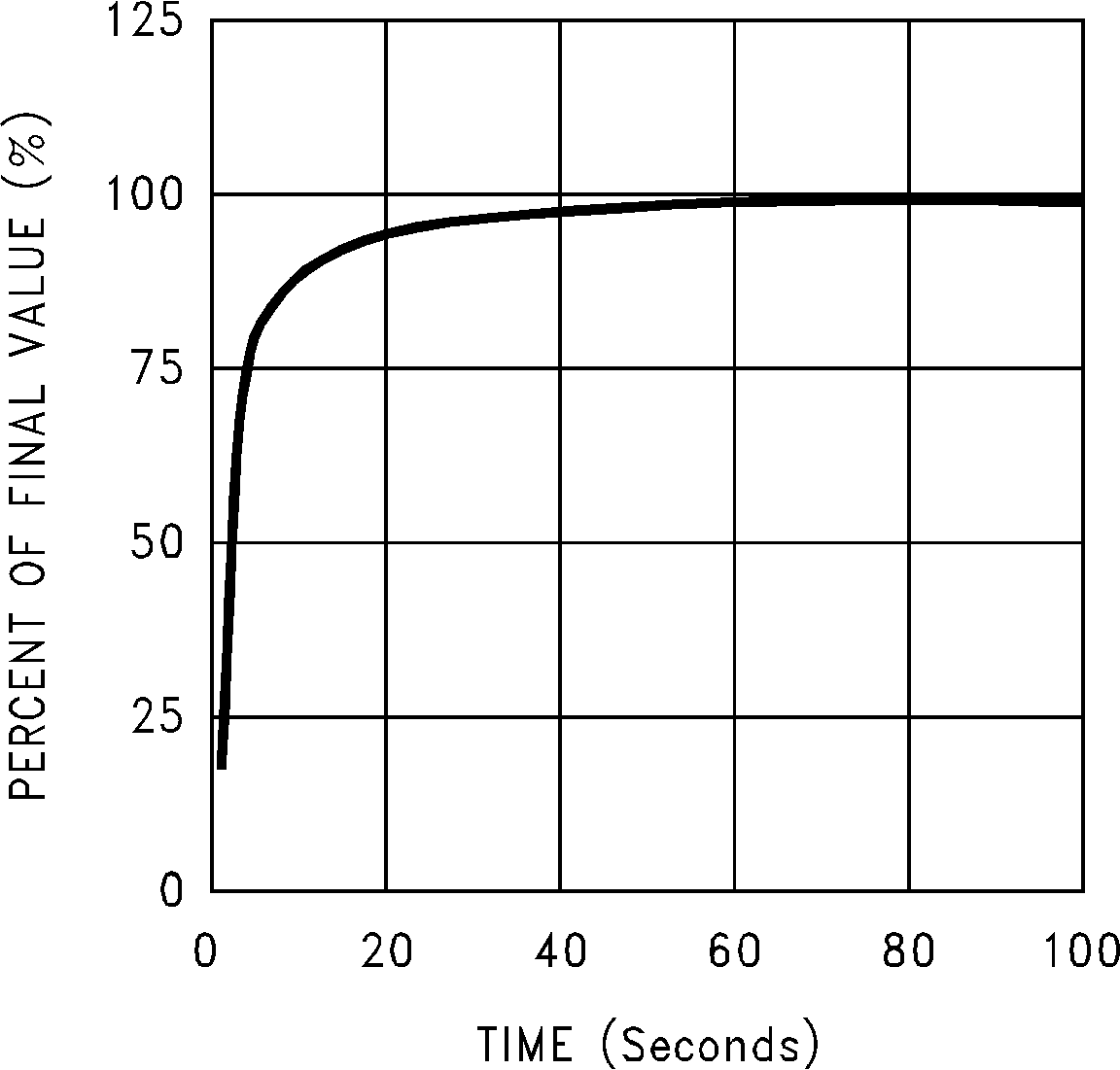 Figure 6. Thermal Response in Still Air Without a Heat Sink
Figure 6. Thermal Response in Still Air Without a Heat Sink
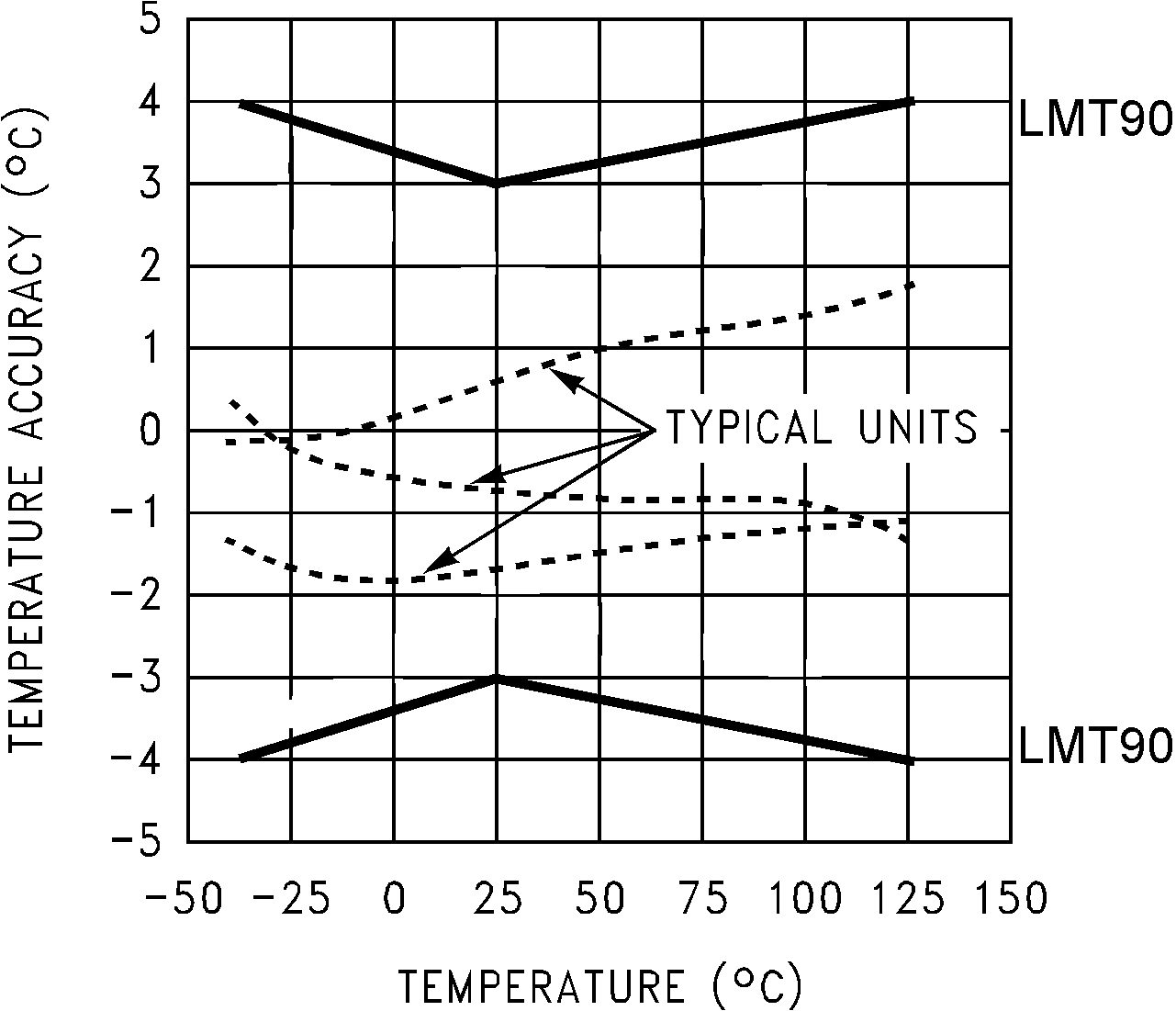 Figure 8. Accuracy vs Temperature
Figure 8. Accuracy vs Temperature
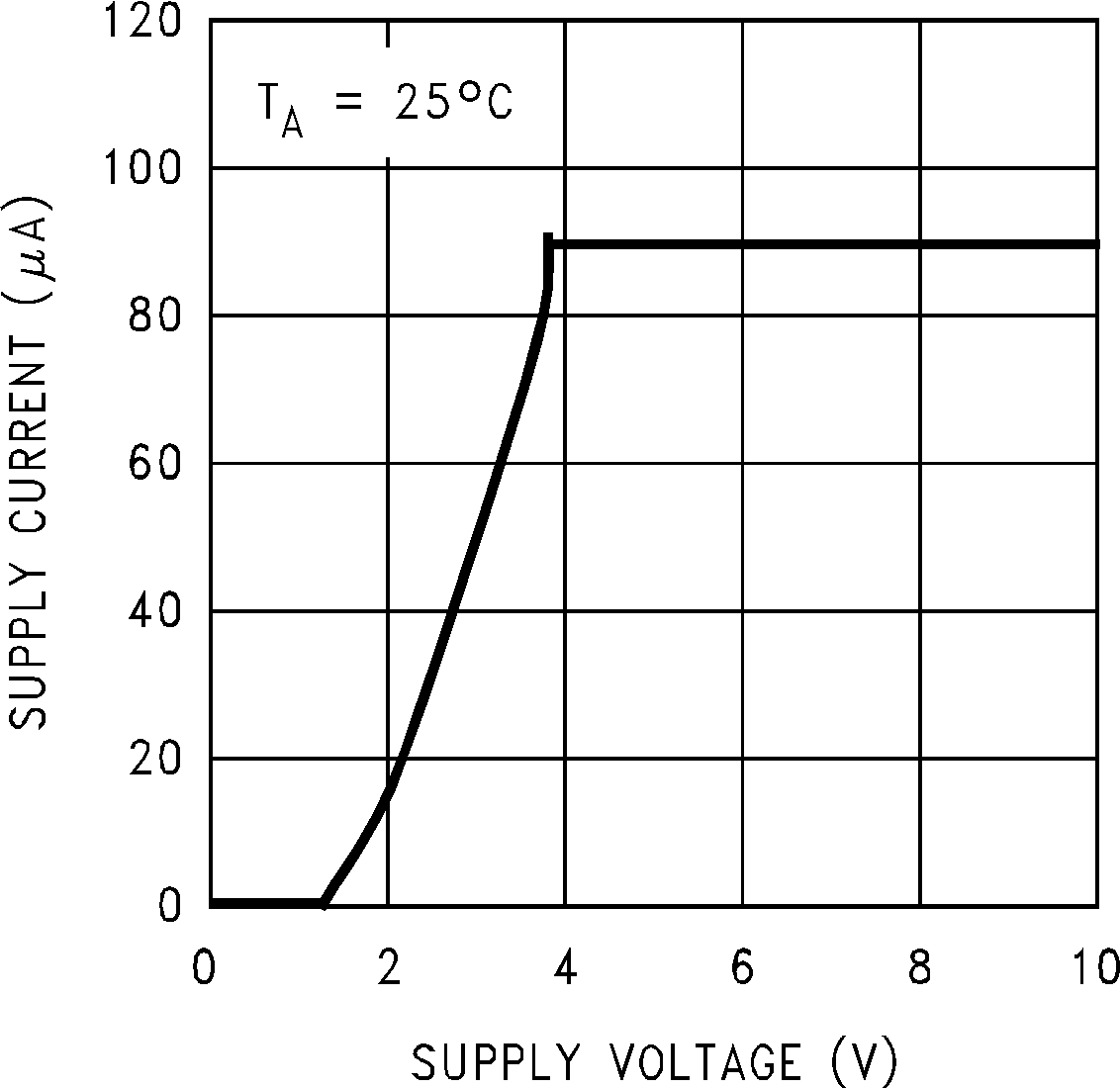 Figure 10. Supply Voltage vs Supply Current
Figure 10. Supply Voltage vs Supply Current